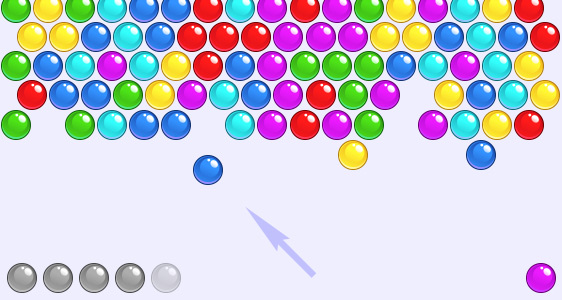Inequality-opoly : learn a structural racism board game? The mission of Inequality-opoly is to spread awareness and advance discourse about the effects of Structural Racism and Sexism in America. The objective of Inequality-opoly is to battle with or benefit from Structural Racism and/or Sexism to become the wealthiest player and partnership by buying, renting, developing property, and (most importantly) making deals. Whichever player or partnership has the most wealth at the end of the game wins. See additional details at Inequality-opoly.
Diversity And Inclusion recommendation for today : Internal communication ools can be of great help to promote diversity and inclusion in the workplace. You can create a web of inclusions in the form of stories or real-life incidents. It would help if you described it in a way that shows what makes them unique and posted on the online employee community platform of your company. As others see the previous posts, they look for self connections and add to the link. For example, one employee writes, “ India is my national origin.”, the next person who can relate to it adds, “I once visited India when I was a kid.” and so on… This activity allows coworkers to start a conversation on various topics and compare how they are the same or different.
Interestingly, Clemons pointed out that the original version of Monopoly was an imitation of The Landlord’s Game, an educational board game created at the end of the 19th century by Lizzie Magie for the purpose of showing that monopolies lead to a harmful accumulation of wealth that comes at the expense of others. A few decades later, Charles Darrow, who is typically credited for inventing the game, teamed up with a political cartoonist to create Monopoly – a skillfully redesigned version of Magie’s game, but whose wealth-accumulation objective is essentially the opposite of what Magie was trying to achieve – and sold it to Parker Brothers. (I will pause, if only parenthetically, to point out the irony of a man achieving fame and wealth by copying a woman’s idea and taking credit for it.)
As an example, each time you pass the “Start” space, the amount of money you collect depends on your race and gender, based on U.S. wage gap data. And whenever a player lands on a “Life Event” space, they draw a card whose impact is also tied to each player’s race and gender, all of it based on statistics from the U.S. population. Life Event cards include situations such as interactions with the police, generational wealth transfer, or employment; when a card is drawn, each player consults their Identity Card to determine their specific experience.
Goldman Sachs chose to focus its efforts on Black women, who face dual barriers based on both race and gender. Black women are more likely than their white counterparts to work in low-paying jobs, experience higher levels of poverty, and remain disproportionally disadvantaged across a broad range of economic measures, including wealth. Recently, Goldman Sachs announced the recipients of its One-Million Black Women: Closing the Wealth Gap. The grant program invests $10 million into Black-women-led, Black-women-serving nonprofits and other partners and has committed $100 million in philanthropic capital over the next decade to address the disproportionate gender and racial biases that Black households have faced for generations. Find more details at Inequality-opoly.
